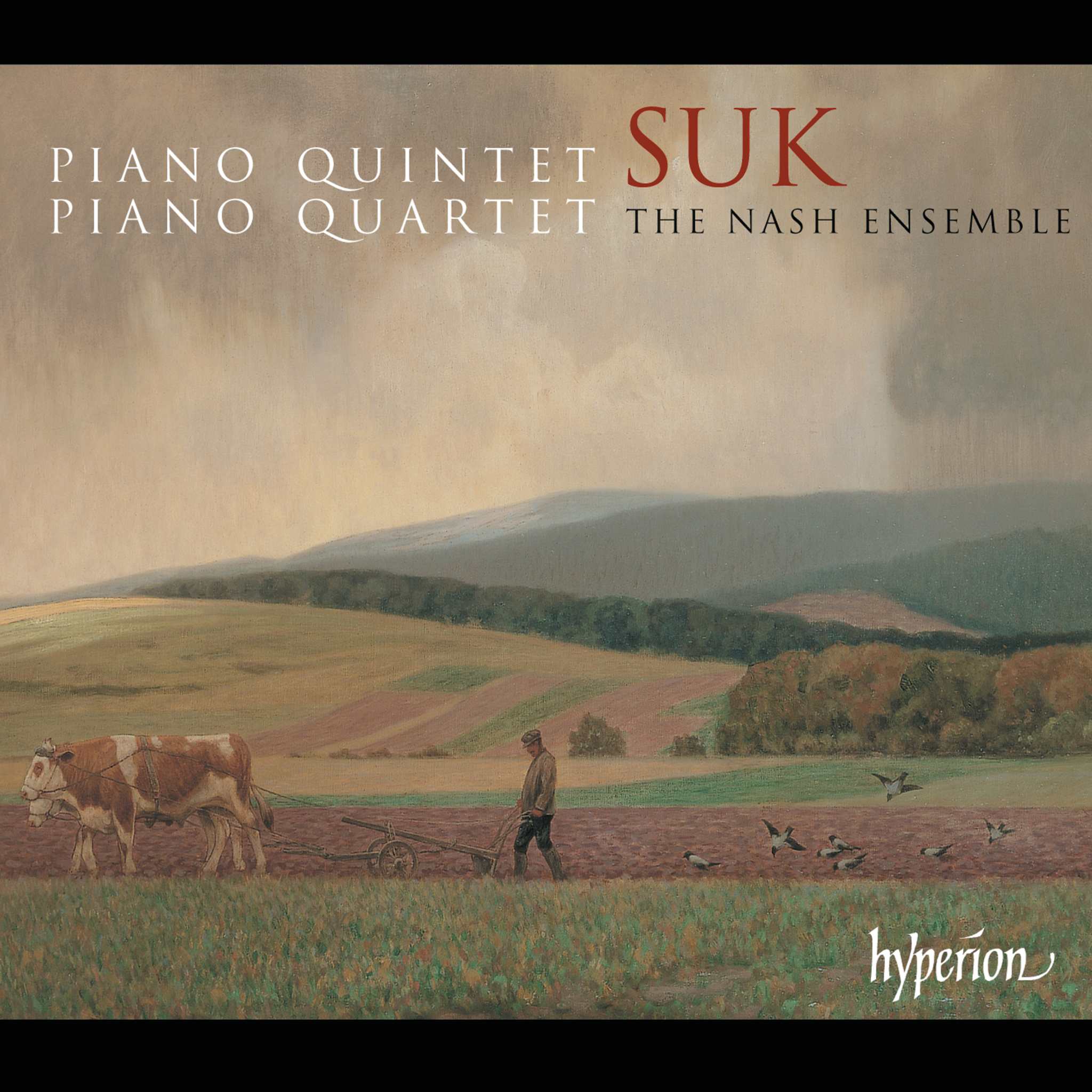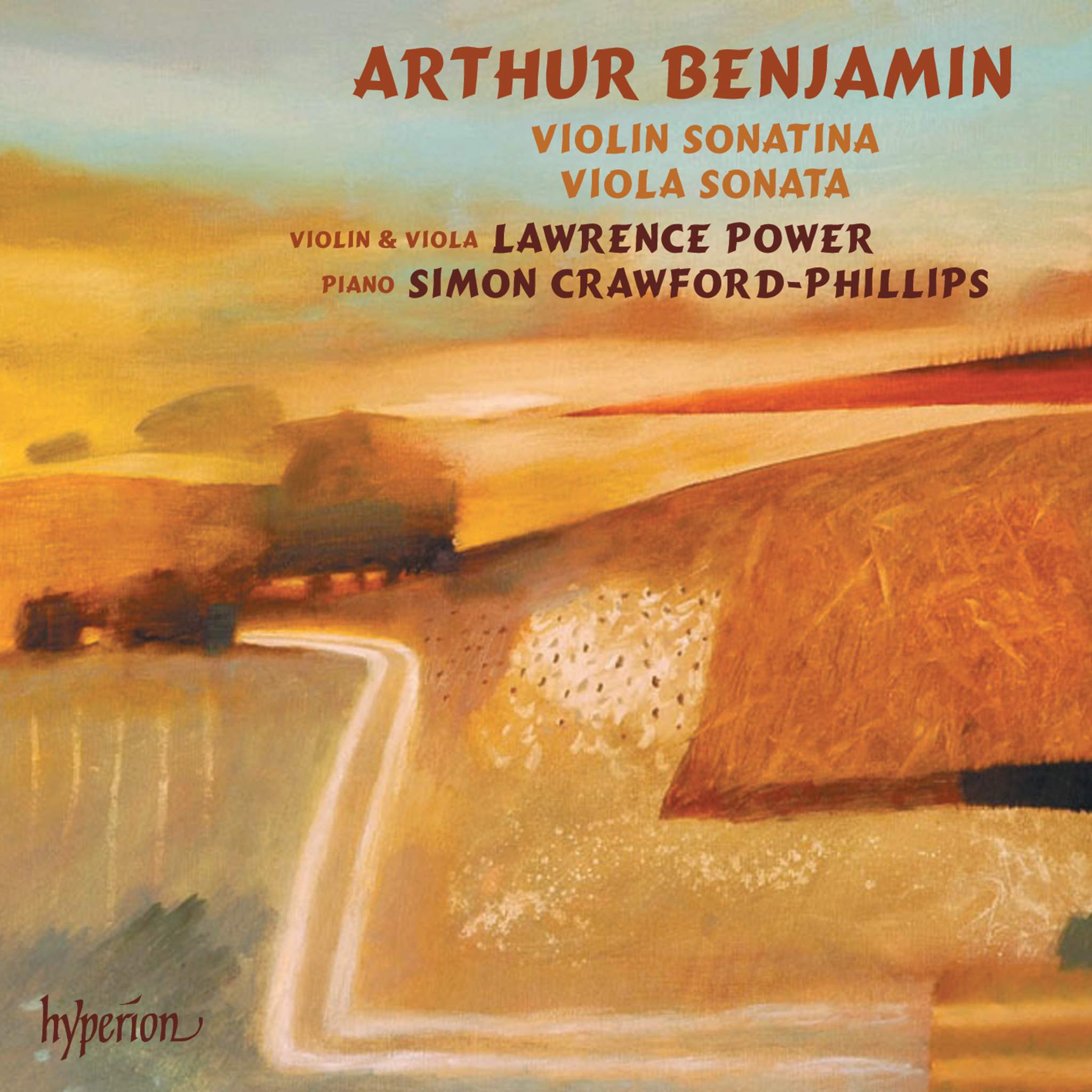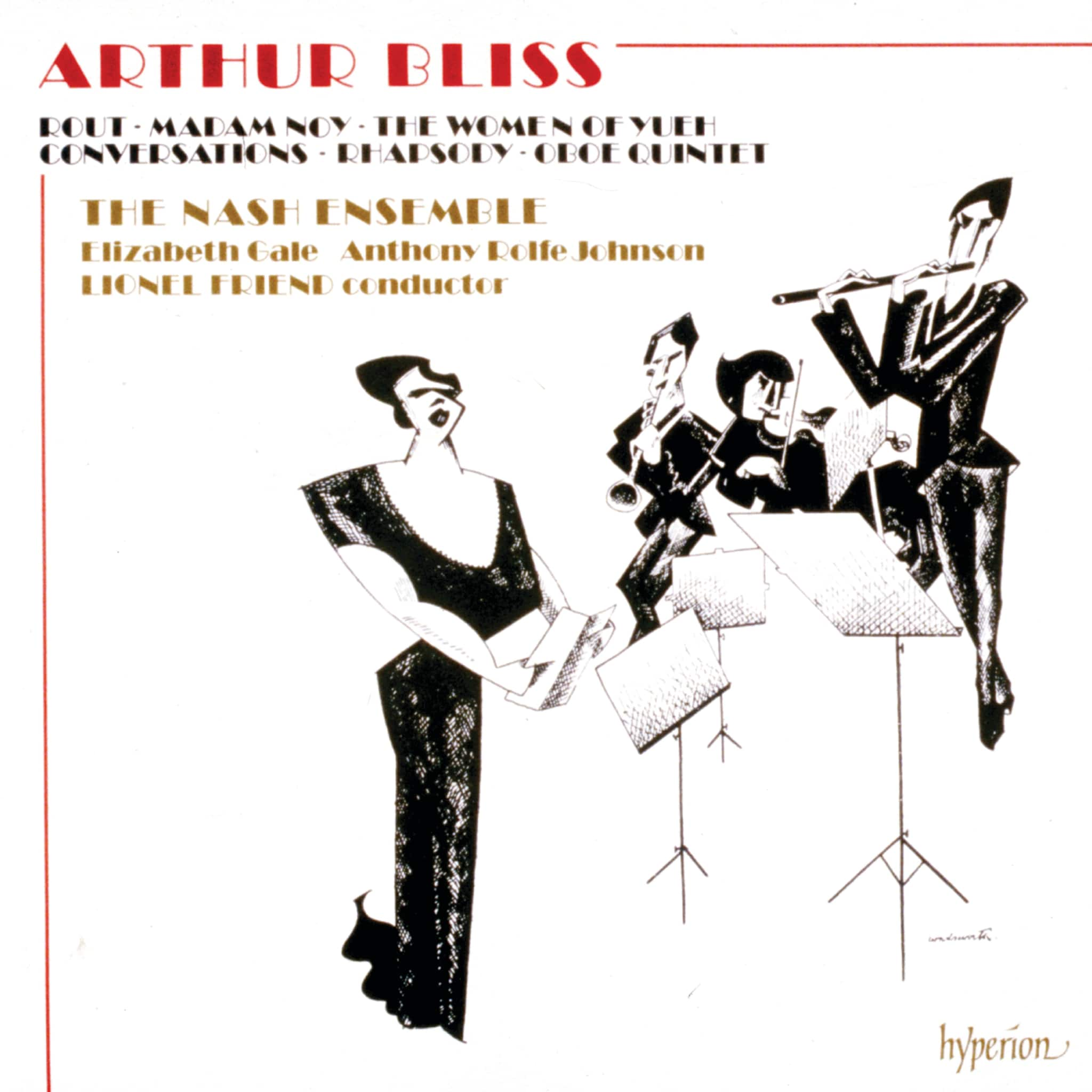Album insights
In 1703, 18-year-old Johann Sebastian Bach was asked to try out the new Wender organ located in the New Church in Arnstadt, a small town near his birthplace of Eisenach. Impressing the audience with his performance, he was later offered the position of organist. Having completed his formal education, Bach could now freely develop his own ideas while continuing to study the works of other composers. Feeling isolated, he requested leave in 1705 to travel to Lübeck to hear the renowned Buxtehude. Bach undertook this journey on foot, a testament to his determination and curiosity. While there, he may have considered applying for Buxtehude's position, although the requirement to marry his 30-year-old daughter was not enticing. Upon returning to Arnstadt four months later instead of the agreed four weeks, Bach faced the town authorities' anger for his prolonged absence and unconventional musical variations. Despite explaining the necessity of his journey, Bach's reputation suffered. Additionally, complaints arose about his involvement with a 'foreign maiden' in the choir, speculated to be his second cousin Maria Barbara, whom he married in 1707.
Buxtehude was a master of the stylus fantasticus, a composition style characterized by dramatic and extravagant gestures. Originating from Italian toccatas and fantasies of the 16th century, this style featured a blend of improvisatory and imitative passages. Bach's seven toccatas, possibly started by 1705 and completed before 1714, show influences from the stylus fantasticus. These works, existing only in transcriptions, were varied and likely considered early experiments by Bach. Each toccata showcases its unique character and structure, serving as captivating concert pieces highlighting the performer's touch and brilliance. Bach's growing reputation likely led him to perform these works during an influential period in his career. Nevertheless, the intended instrument for these toccatas – organ, harpsichord, or keyboard – remains unclear to this day.
While unable to reconstruct the chronological order of the toccatas, I present them here in an arbitrary sequence for a satisfying performance.
The Toccata in C Minor, BWV911 opens with a vibrant gesture leading to a prevailing solemn mood. It contains a motet-like Adagio before returning briefly to the improvisatory style of the beginning and transitioning into one of Bach's most breathtaking fugues. This piece showcases Bach's early characteristic of extended themes with rhythmic impulses and tension, closing with a swift descent to low C.
The Toccata in G Major, BWV916 divides neatly into three distinct movements. Its opening Allegro reminiscent of a concerto transitions into a lyrical Adagio and concludes with a Fugue in a French Gigue style, featuring punctuated rhythms. Bach's inventive treatment of seemingly mundane motifs in this Fugue highlights his creativity and compositional brilliance.
The Toccata in F-Sharp Minor, BWV910 stands out as one of the least known among the seven. Its unusual key allows for the exploration of two contrasting fugues. Elements of playfulness and chromaticism characterize the Adagio, where Bach's ornamentations serve as a foundation for interpretative flexibility. Noteworthy is a surprising use of extended arpeggio progressions and harmonic variations, highlighting Bach's passionate compositional style.
The Toccata in E Minor, BWV914, known for its structural complexity, borrows segments from an anonymous work discovered in Naples, blending Italian violin influences with Bach's refined compositional touch. This piece showcases Bach's ability to merge existing themes with his original material, creating a cohesive and engaging composition.
The Toccata in D Minor, BWV913, possibly one of Bach's earliest toccatas, stands out for its sustained tension and rhythmic complexity. Featuring intricate counterpoint and dynamic changes throughout, this piece requires a nuanced understanding of harmony and rhythm. Its elaborate fugues and poignant motifs exemplify Bach's evolving style during this period.
The Toccata in G Minor, BWV915 demonstrates Bach's versatility in crafting cyclic structures and compelling fugues. Notable for its cyclical motifs and lively fugue closing the piece, this toccata illustrates how Bach transforms seemingly mundane motifs into engaging musical narratives.
The Toccata in D Major, BWV912 remains a favorite among enthusiasts. With brilliant tremolo passages and variegated movements, this toccata showcases Bach's mastery in weaving intricate textures and contrasting dynamics, culminating in a virtuosic cadenza and expressive resolution.
By appreciating the diverse characteristics of Bach's toccatas, we gain insights into his creative evolution and profound impact on Baroque keyboard music.








